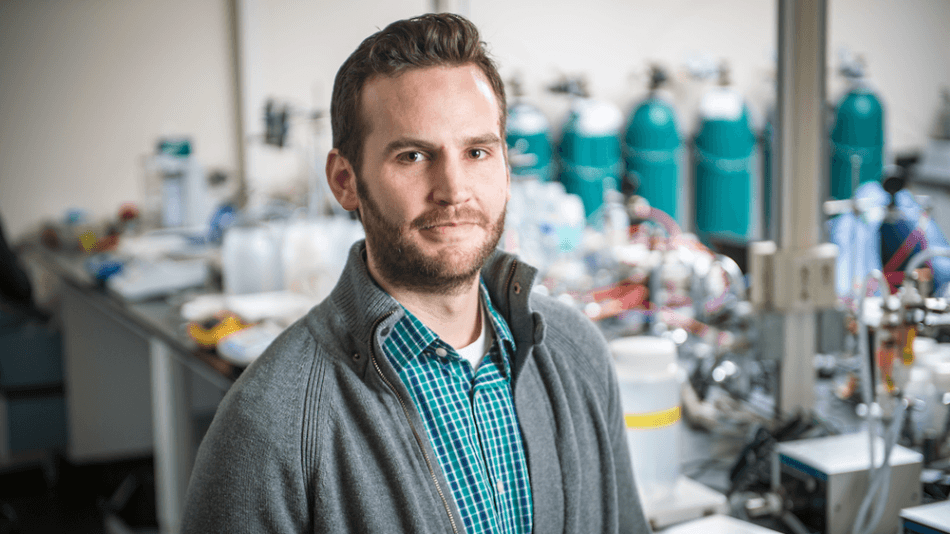May 7 2018
The freshwater resources across the globe are becoming scarce. The United Nations has reported that nearly 1.9 billion people are affected by water scarcity and another 2.1 billion people survive with drinking water services that are not safely managed.
The acute point of water scarcity has induced researchers to search for innovative and efficient methods to obtain the maximum advantage of non-conventional sources, such as brackish water, sea water, and wastewater.
 (Image credit: University of Notre Dame)
(Image credit: University of Notre Dame)
Although polymer membranes, which function as a filter for desalination and selective removal of contaminants from different water sources, have assisted in the treatment of water, their selectivity is an important problem while filtering chemical properties—a potential risk to the human health and the environment.
Chemical and biomolecular engineers from the University of Notre Dame and Purdue University investigated self-assembled block polymer membranes, which enable uniform as well as customizable pore sizes, as a platform for water treatment systems. The research, which was reported in Nature Partner Journals - Clean Water, ascertained that the platform has the ability to improve water treatment technologies.
Most state-of-the-art membranes for water treatment are designed to let water pass through while filtering contaminants. This approach limits the ability to remove or recover dissolved species based on their chemical identity. The exciting thing about self-assembled block polymer membranes is that you can engineer the nanostructure and pore wall chemistry of the membrane through the design of the block polymer molecules. This capability has the potential to open up a variety of new separation mechanisms that can isolate species based on chemical identity, which in turn could help to enable decentralized reuse of wastewater.
William Phillip, Associate Professor in the Department of Chemical & Biomolecular Engineering at Notre Dame.
The focus of Phillip and his colleagues was on block polymer membranes due to their well-defined nanostructures and functionality. The researchers could molecularly engineer the chemical properties of the polymer to develop huge areas of a high-performance membrane, minimize pore size, and formulate multifunctional pore wall chemistries for solute-specific separation. The membranes could, in effect, be tailored based on the water source and the treatment required.
The treatment could be enhanced in several ways by membranes that are more resilient and more selective to specific exposures such as boric acid or chlorine and less prone to gathering undesirable properties, or fouling when compared to prevalent ultramodern options. These membranes can also minimize the number of filtration passes needed for irrigation, control chlorine concentrations in the system to assist in obviating the impacts of biofouling, and minimize chemical requirements for membrane cleaning, thereby minimizing environmental impact and reducing operating costs.
The worldwide applications are crucial taking into account those populations suffering without safe drinking water and with limited resources.
Unique difficulties will arise when converting the technology from the lab to practical applications and will have to be overcome in the years to come. The team believes that this can be achieved because various techniques adopted to produce self-assembled block polymers are consistent with prevalent membrane fabrication techniques.
Yizhou Zhang and Jacob L. Weidman from Notre Dame and Noelia E. Almodovar-Arbelo, David S. Corti, and Bryan W. Boudouris from Purdue University are the authors of the study.
The study was funded by the Army Research Office and the National Science Foundation.